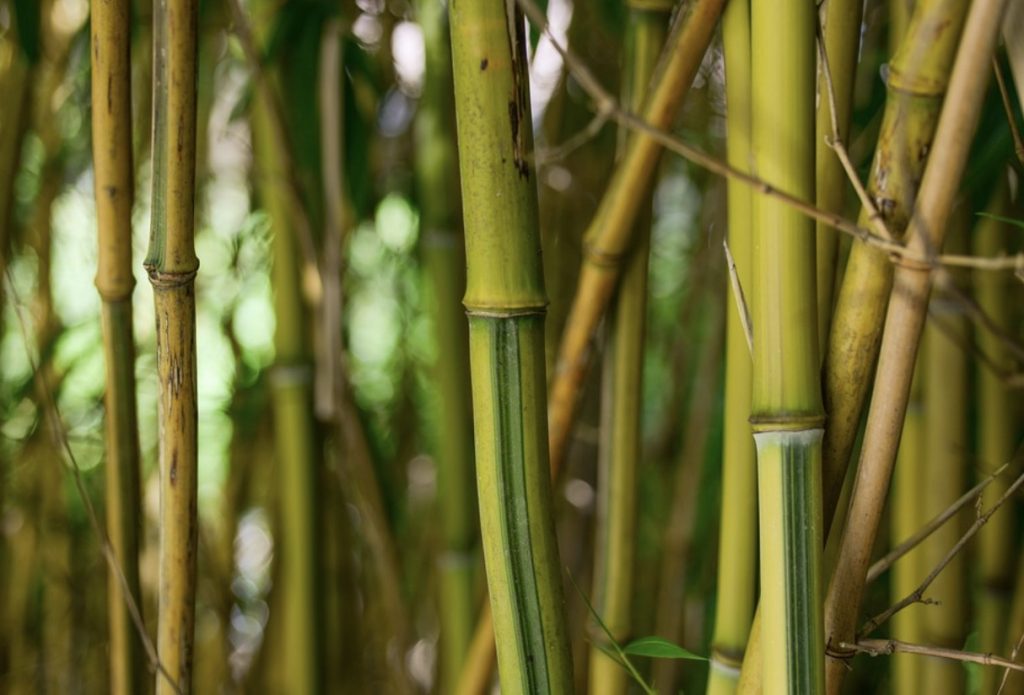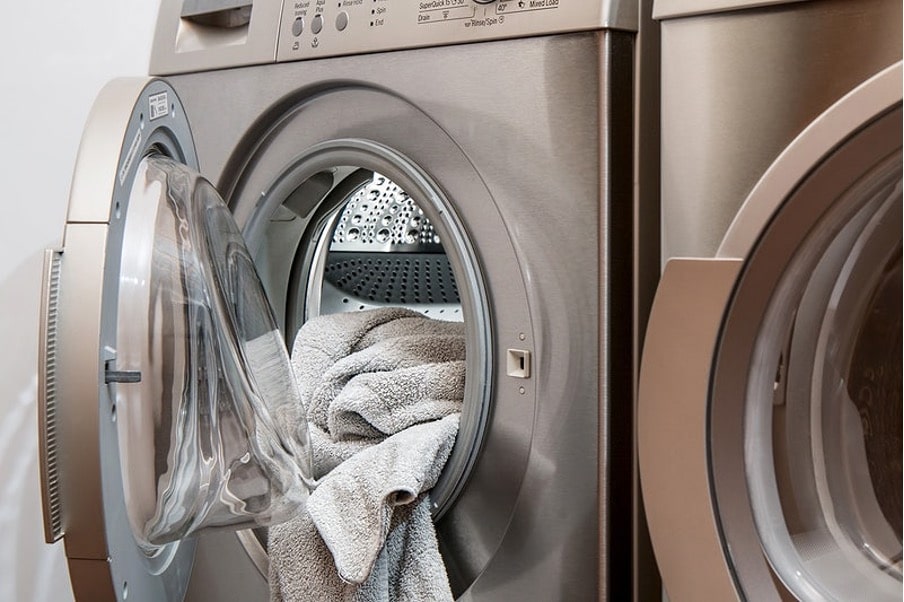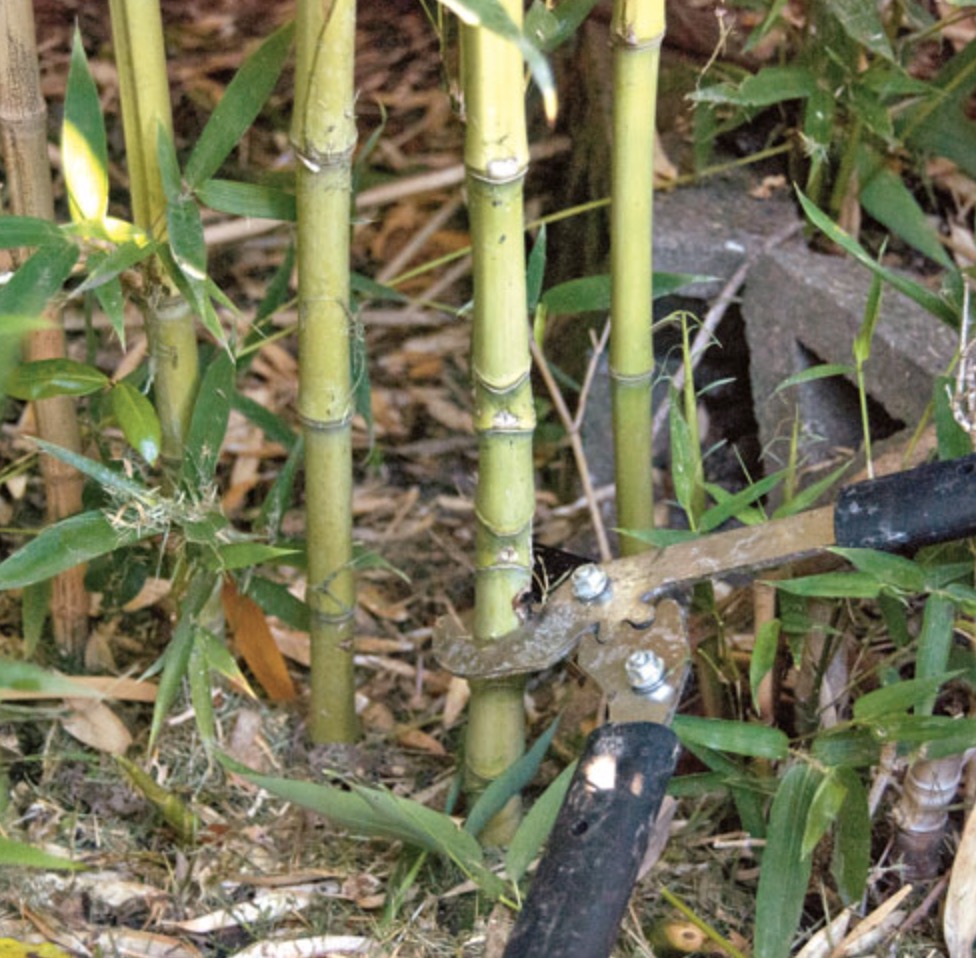Although there are various cooking techniques like grilling, roasting, sauteing, or braising, steaming always wins a place in several chefs.
This convenient cooking method uses moisture to heat meals, utilizes no additional fat, maintains nutrients, and lets the food’s inherent tastes through.
A bamboo steamer is one of the most traditional and standard kitchen utensils to steam meals. However, some people don’t know how to use a bamboo steamer.
This article will show you the most straightforward way to use this steamer. Let’s scroll down!
What Is A Bamboo Steamer?
A bamboo steamer includes interlocking baskets stacked on top of one another, having a lid or cover.
You need to place the whole setup over a pot or work of steaming water when in use. Steam travels through the gaping holes in the base of every basket, heating the dish inside.
While this culinary item is not compulsory in your kitchen corner, you may find it practical, convenient, easy to use, and effective to keep the taste of your food.
You can utilize it to steam any food you want, including dumplings, buns, bread, vegetables, proteins, rice, cakes, or desserts.
This reheating method is excellent as it can bring back moisture to your food, making your dishes fresh again.
This appliance is also great as the lids will not gather dampness. Hence, it won’t drop water over your meals, changing the dish’s texture, flavor, or look.

Why Should You Utilize A Bamboo Steamer?
The first benefit of this type of steamer is it’s considerably lighter than one made of stainless steel.
You may steam multiple dishes at once as it has stackable baskets, which is very useful if the preparation periods of the different dishes are different.
Start simmering with the layer with the extended heating period on the base, then add another layer with a lesser boiling time following.
Besides, this appliance is convenient, fast, and helpful in keeping the food’s nutrients. That’s why your meals will be much fresher.
If you plan to buy one, you can refer to this video:
Chinese cooks have applied this cooking technique for a long time. Check out the detailed instructions if you’re really into learning how to use this utensil.
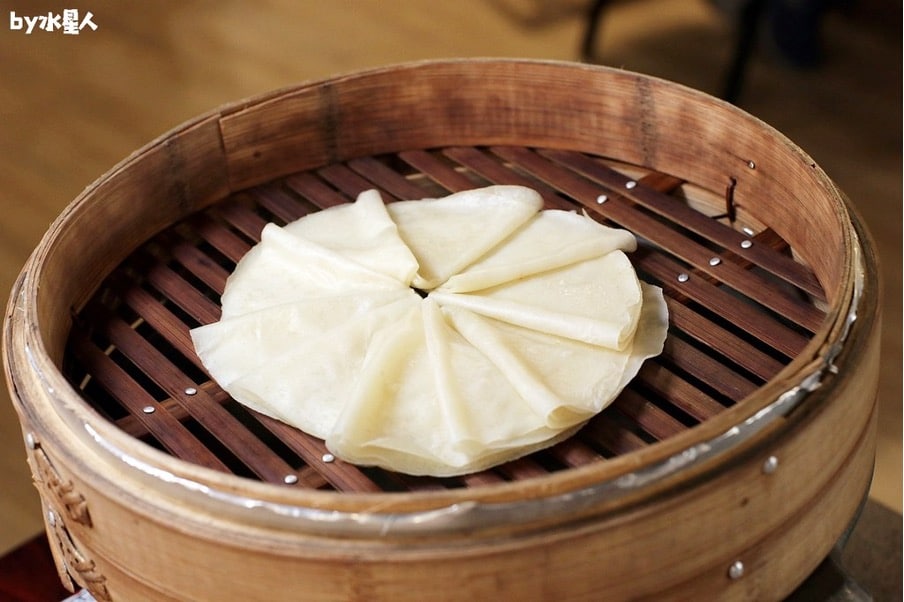
How To Use A Bamboo Steamer?
Ensure your equipment is clean and thoroughly treated first before using. The purpose is to remove any remaining dust and make the utensil more long-lasting.
Once it’s ready, follow these steps to use it:
Fill The Pan With Water
Lay your appliance in a wok, skillet, or pan. Pour enough water to reach approximately a 1⁄4 to 1⁄2 inch over the steamer’s base edge.
The water level must be sufficient to immerse the steamer’s base edge in water and avoid it from burning.
However, it should be deep enough so that the bubble will not contact the base of the interior bed or the dish inside.
If your appliance is entirely new, wet the bottom edge for 30 minutes or more to prevent it from scorching.
After using it, ensure it’s completely dry before storage. Otherwise, it may get moldy.
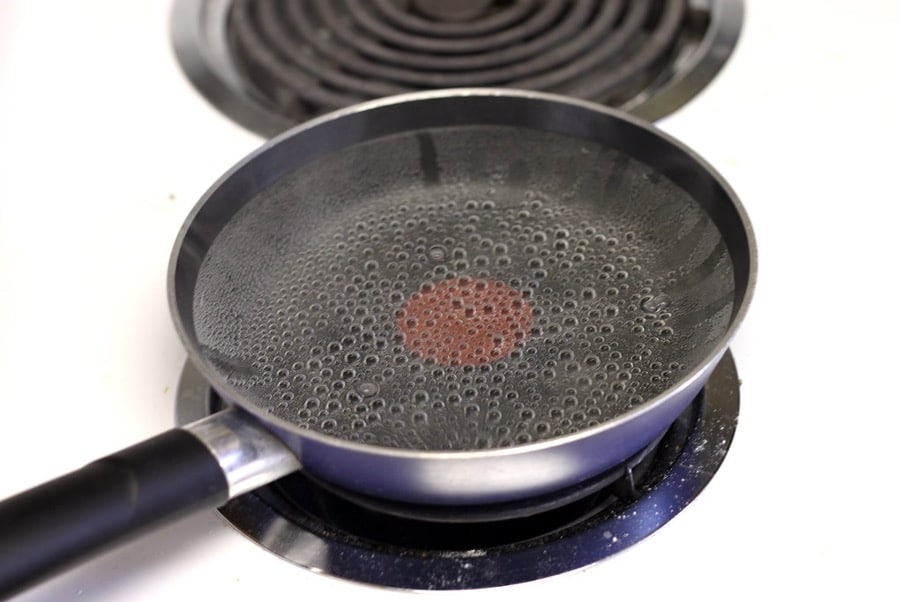
Line Your Steamer
Once you’ve got the desired water level, it’s time to line your equipment. This utensil may have several basket levels.
Depending on the amount of food you intend to steam, you can use one or all of them at once.
If you plan to place your food on the bed, it’s better to line it with something to keep meals from clinging to the bed surface.
You can use lettuce leaves, parchment paper, reusable cloth, silicone liners, or specialized perforated liners for steaming.
Whatever liners you use, you need to make sure they are porous. The purpose is to allow steam to rise from the base and circulate over your food during the cooking process.
That said, it’s not necessary to line it if you intend to reheat your food in a plate or bowl. In the basket, put the heat-resistant shallow plate or bowl. Ensure the lid still fits.
Place Food Into Your Steamer
Never overcrowd buns, shumai, or dumplings in this utensil, as they will grow bigger when steamed.
They require space to expand. Thus, remember to leave approximately 1 inch among dumplings and 1 ½ inch among more giant buns.
Moreover, allow the space around your food open enough so that the steam can rise and circulate over it all.
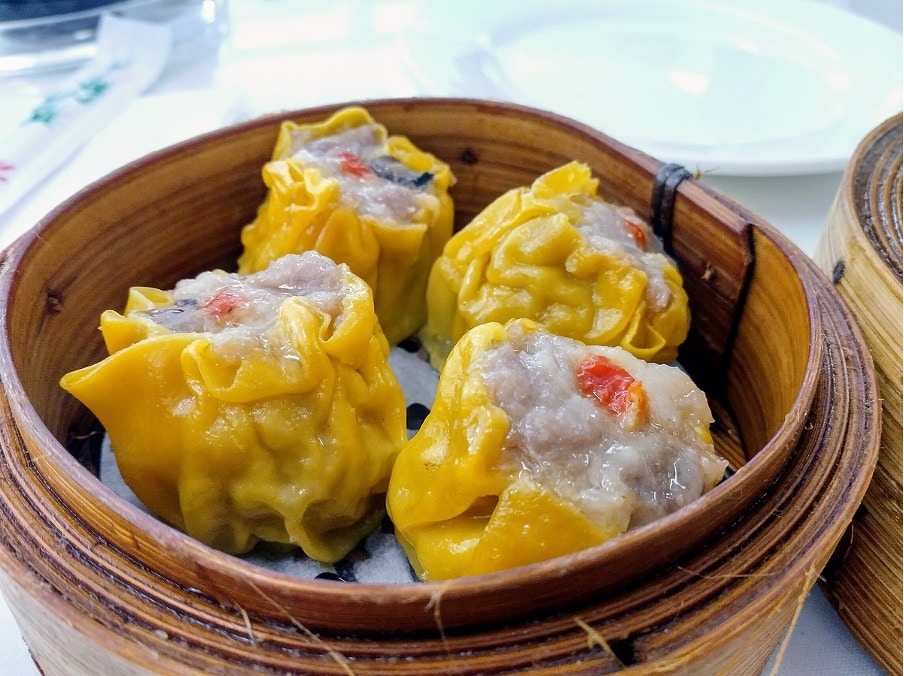
Put Your Steamer In A Pot
You may now either warm the water or put your steamer into the pan, wok, or skillet while still simmering.
Alternatively, while the water remains cold, put it in a skillet, wok, or pan. Then slowly increase the temperature by turning on the heat.
You don’t have to thaw frozen buns or dumplings. After that, you can put them in the steamer and reheat them as usual.
Wait While The Food Is Steaming
The water inside the pan, wok, or skillet will evaporate after reaching a simmer.
Leave your food to cook for the amount of time specified in the specific recipe, but pay attention to it, and you may add hot water if necessary.
If you pour cold water inside, the steamer will cease simmering, and the heating process will be interrupted.
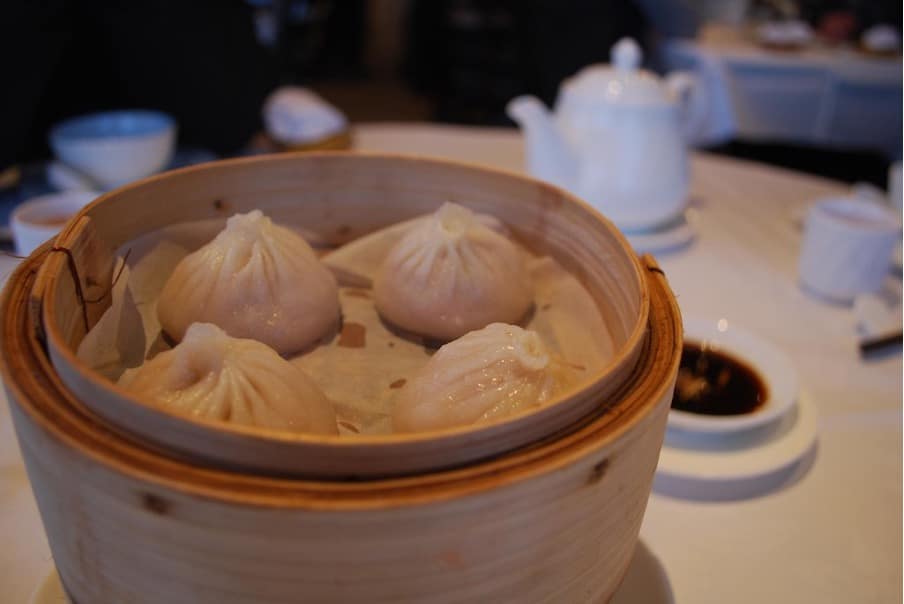
How To Clean A Bamboo Steamer?
After each usage, clean and wash your steamer to eliminate any remaining leftovers that may have become stuck inside.
If you are unsure how to clean this kitchen utensil, here are some helpful tips:
- Soak it in warm soapy water with a mild cleaning solution.
- Use a soft silicone brush to scrub the exterior of the basket and lid.
- Use hot water to rinse thoroughly.
- Put it on a drying shelf to let it dry naturally.
- Wait until it is completely dry before storing it to prevent mildew and mold.
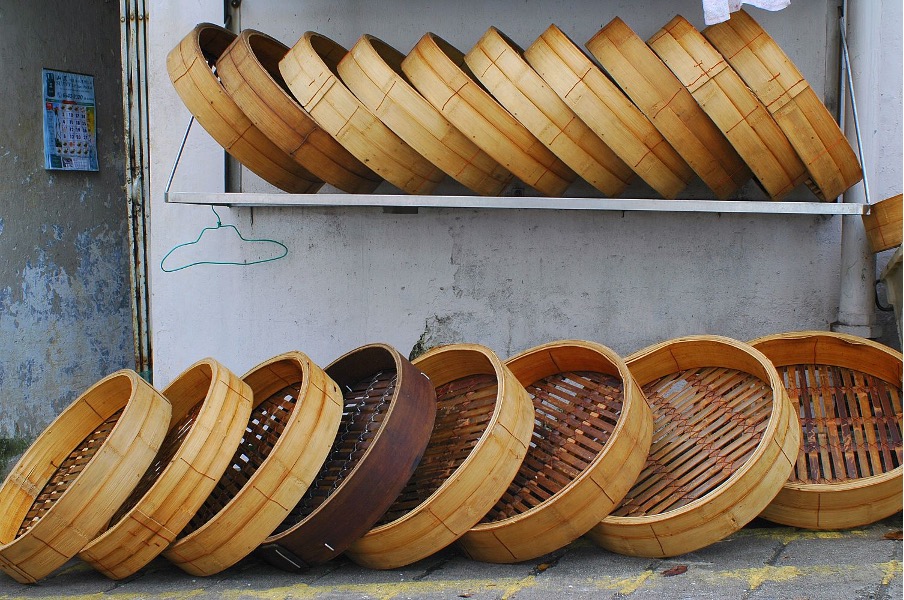
Wrapping Up
After referring to this article, have you learned how to use a bamboo steamer? We hope that your answer will be yes, as the instructions are incredibly easy-to-understand and comprehensive.
In general, steaming the food using this kitchen utensil is convenient, fast, and healthy. It will keep the texture, flavor, and nutrients as much as possible.
Hopefully, this post will be helpful for you. Thank you for reading!
Help Us! Share on:




